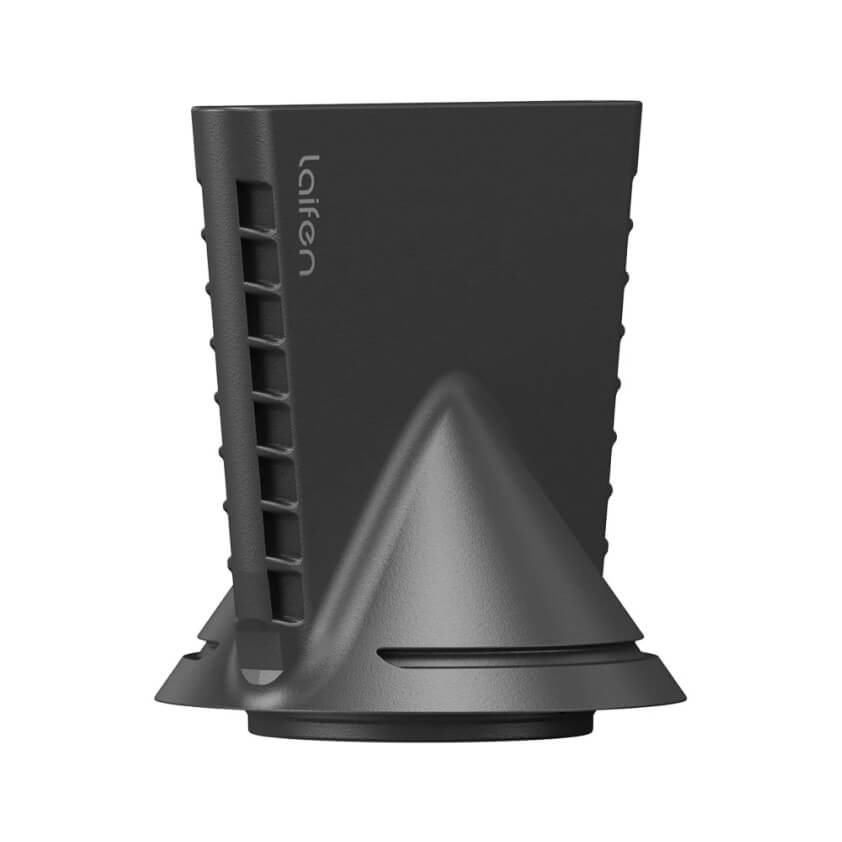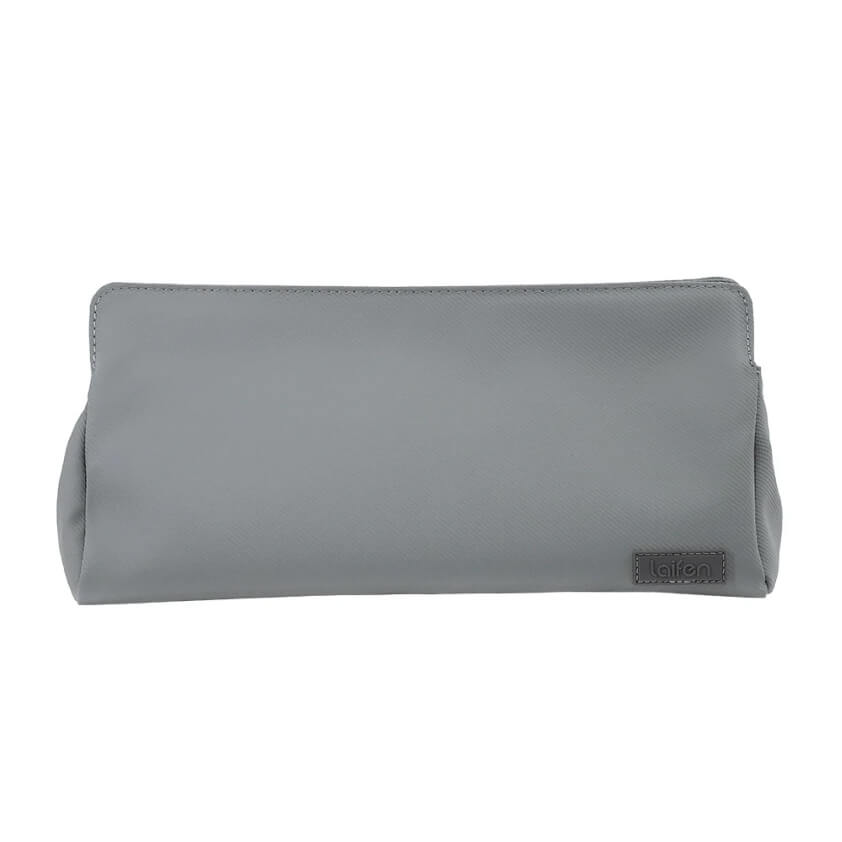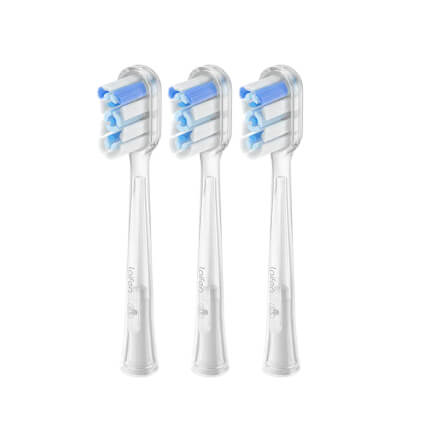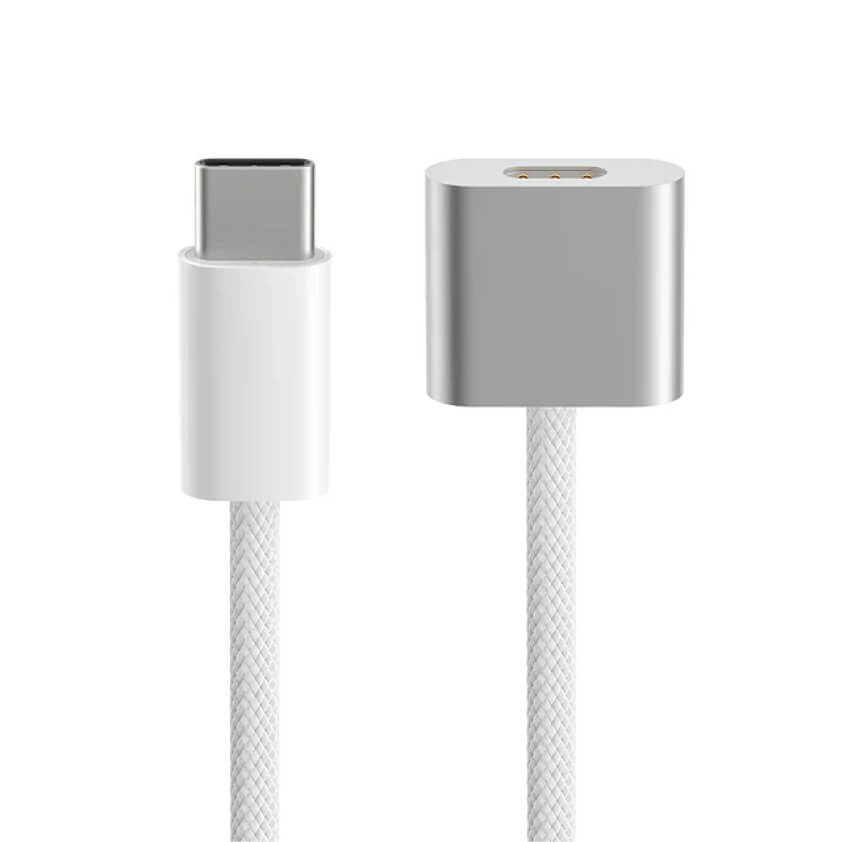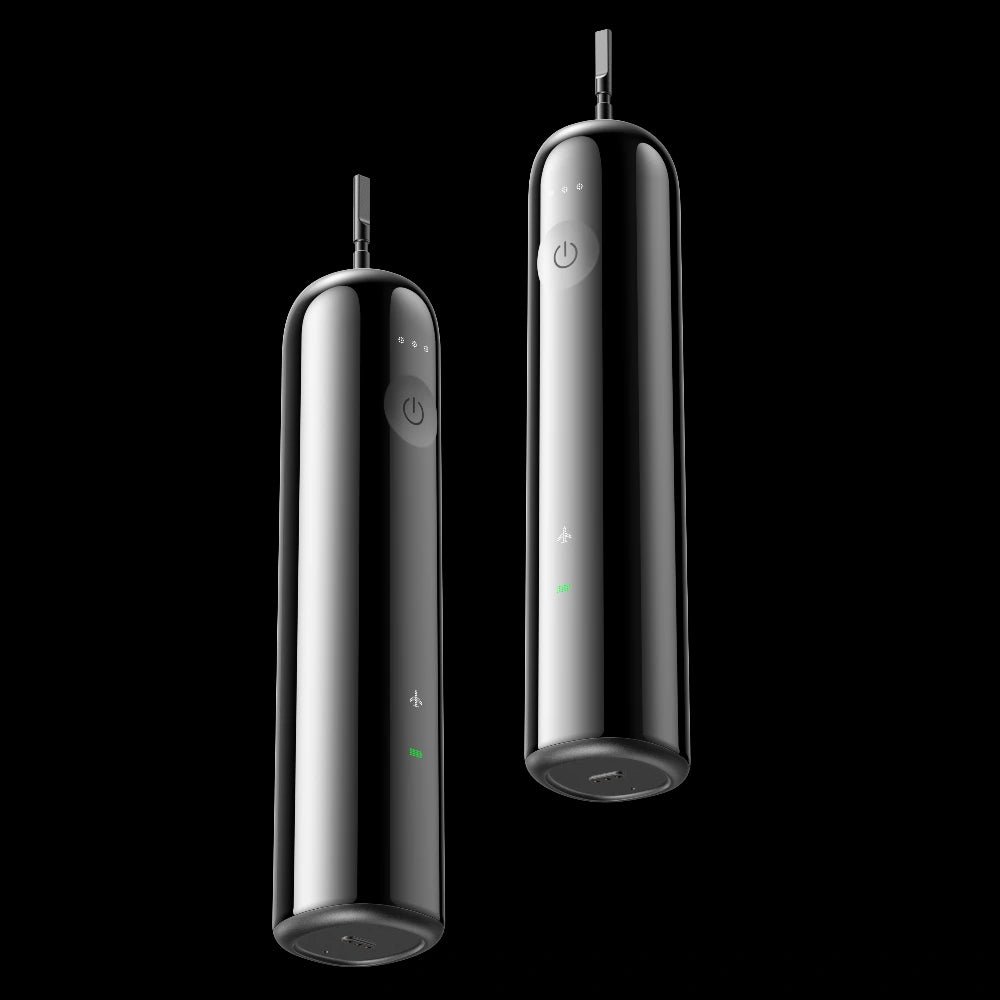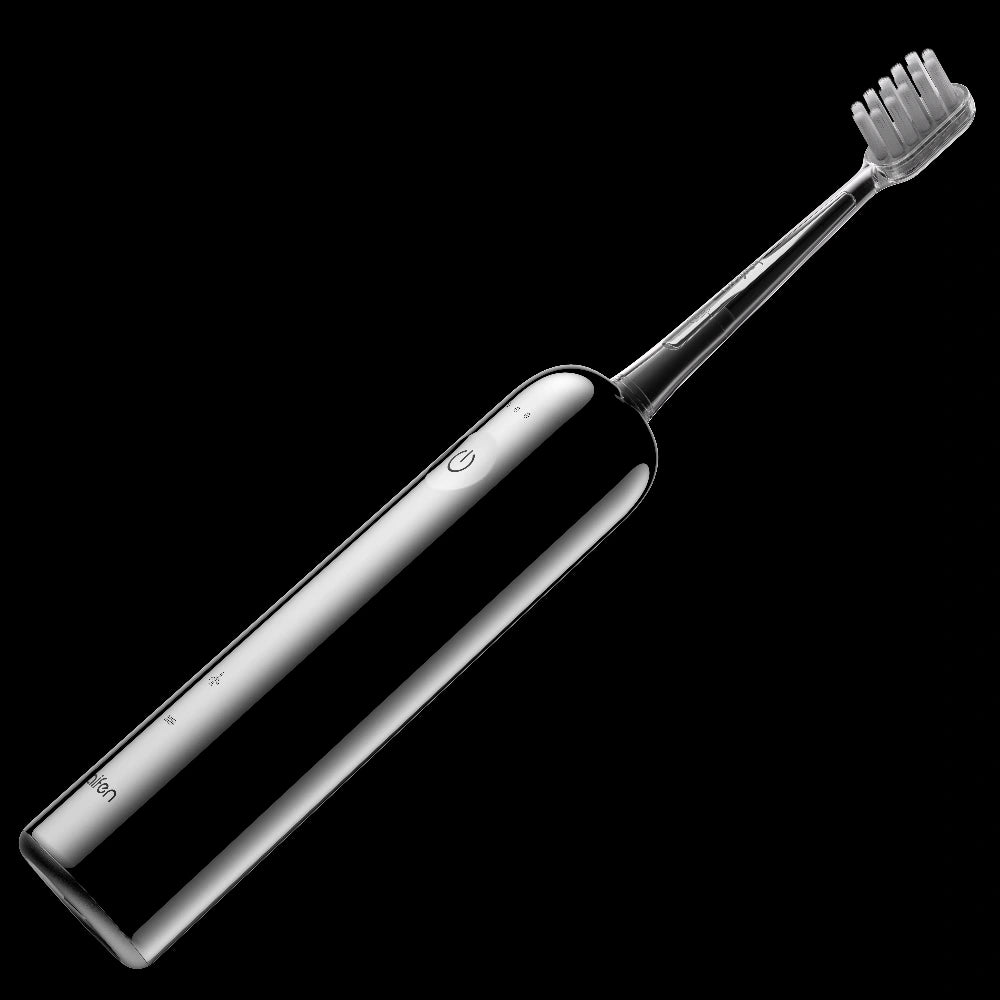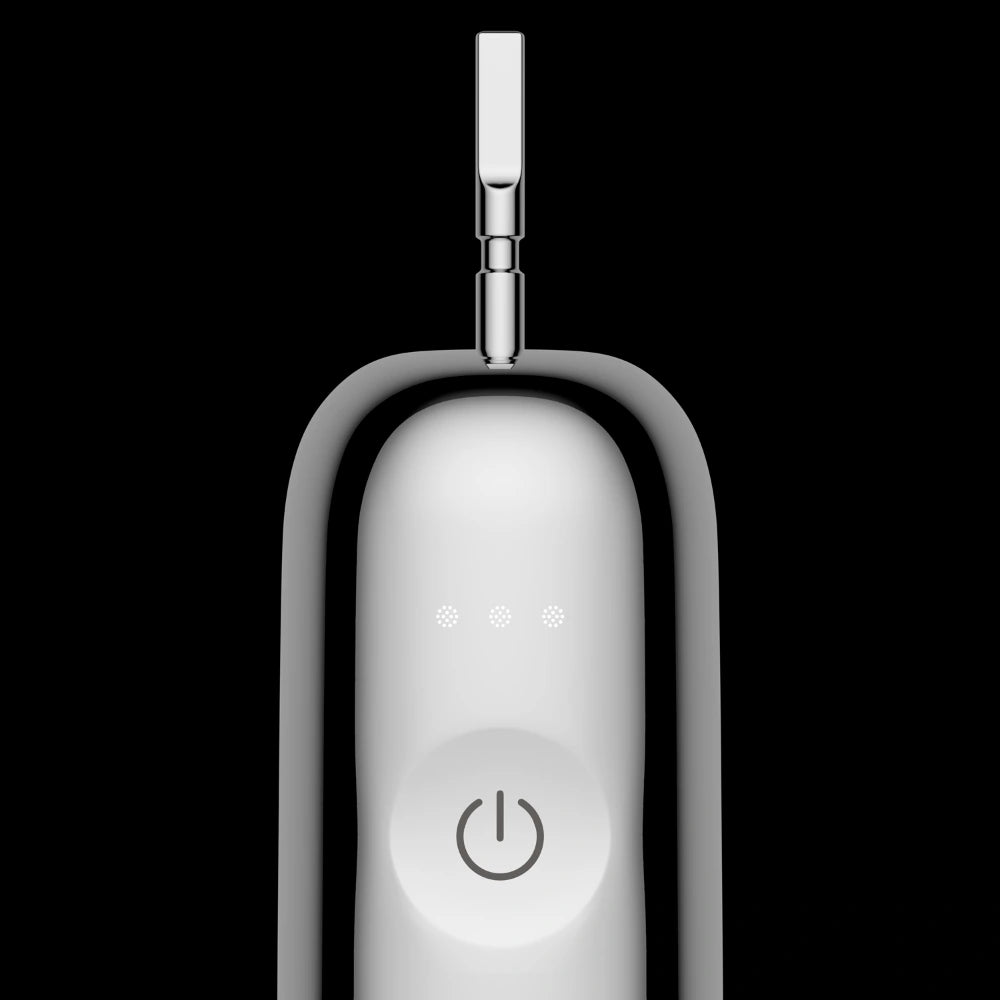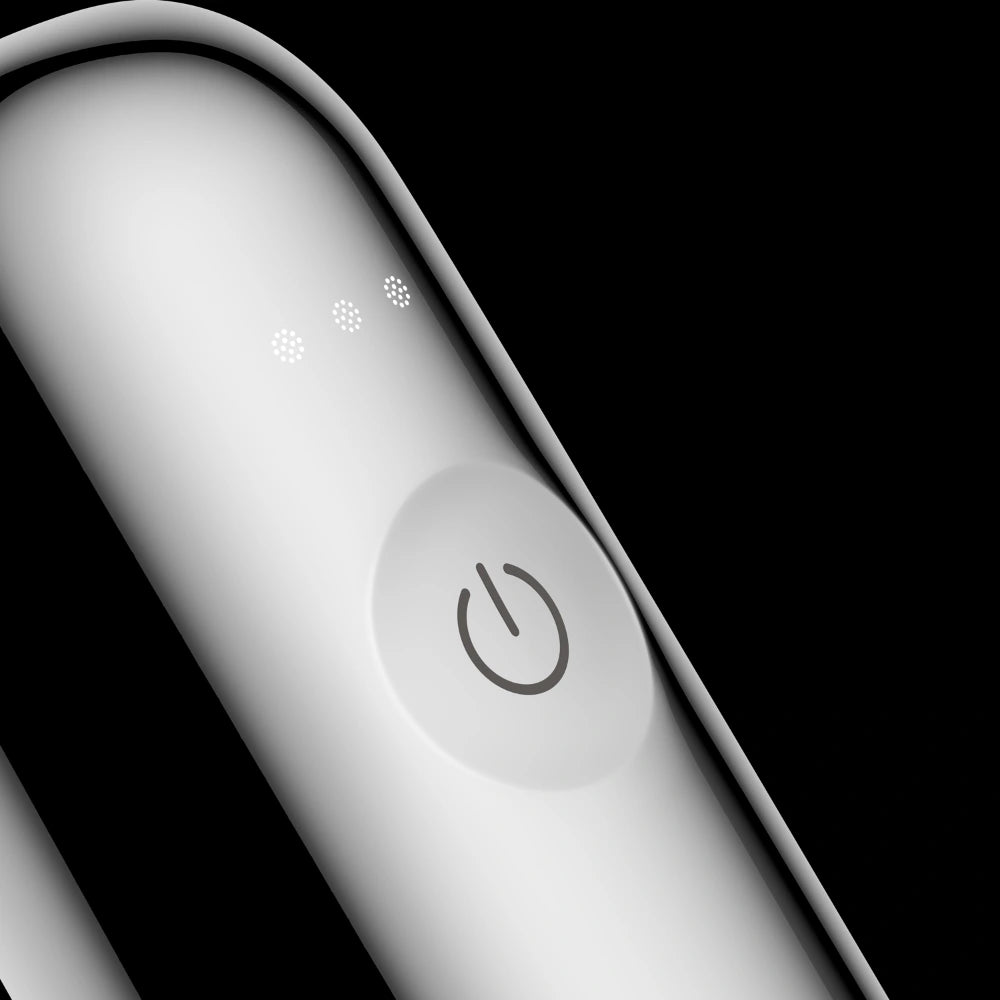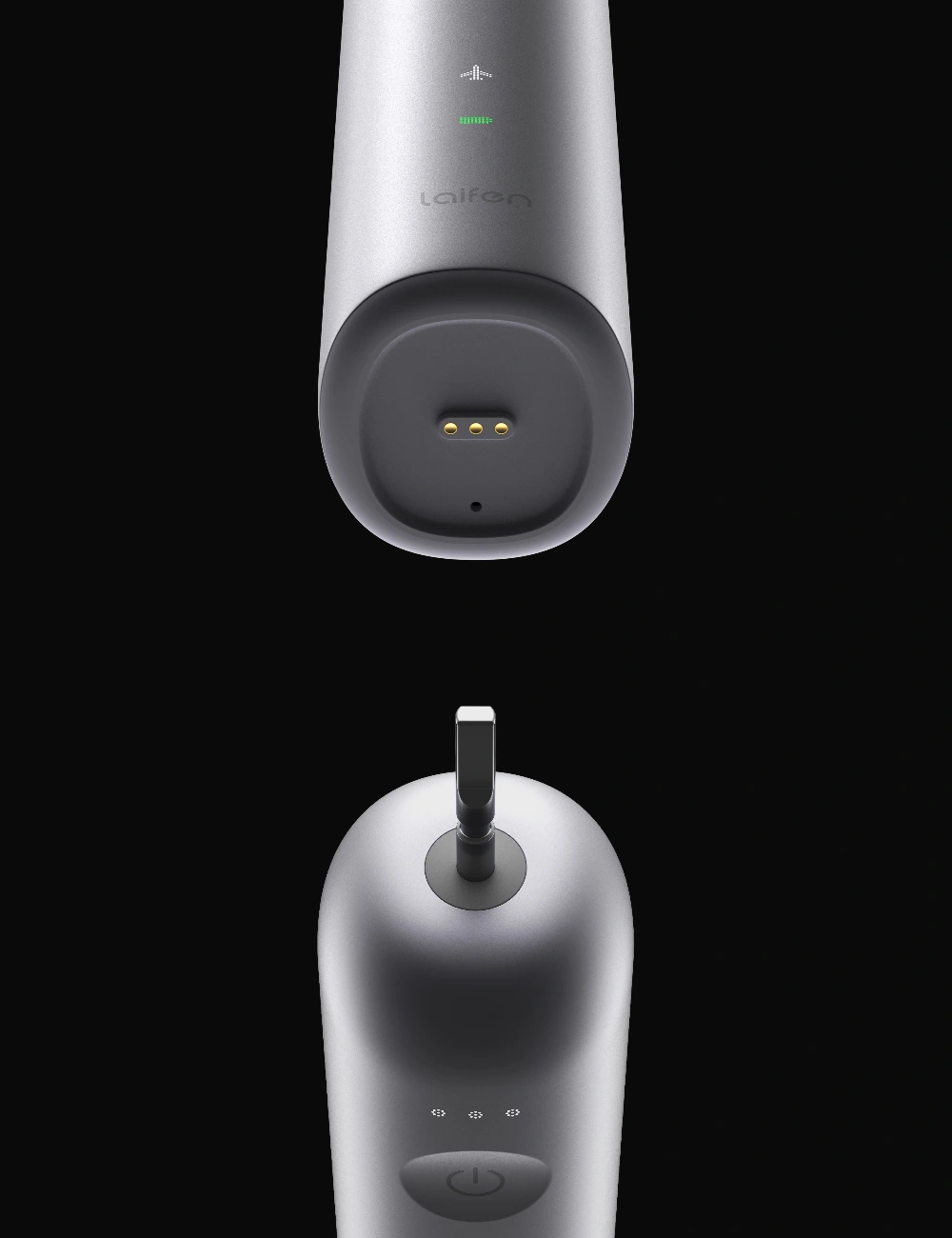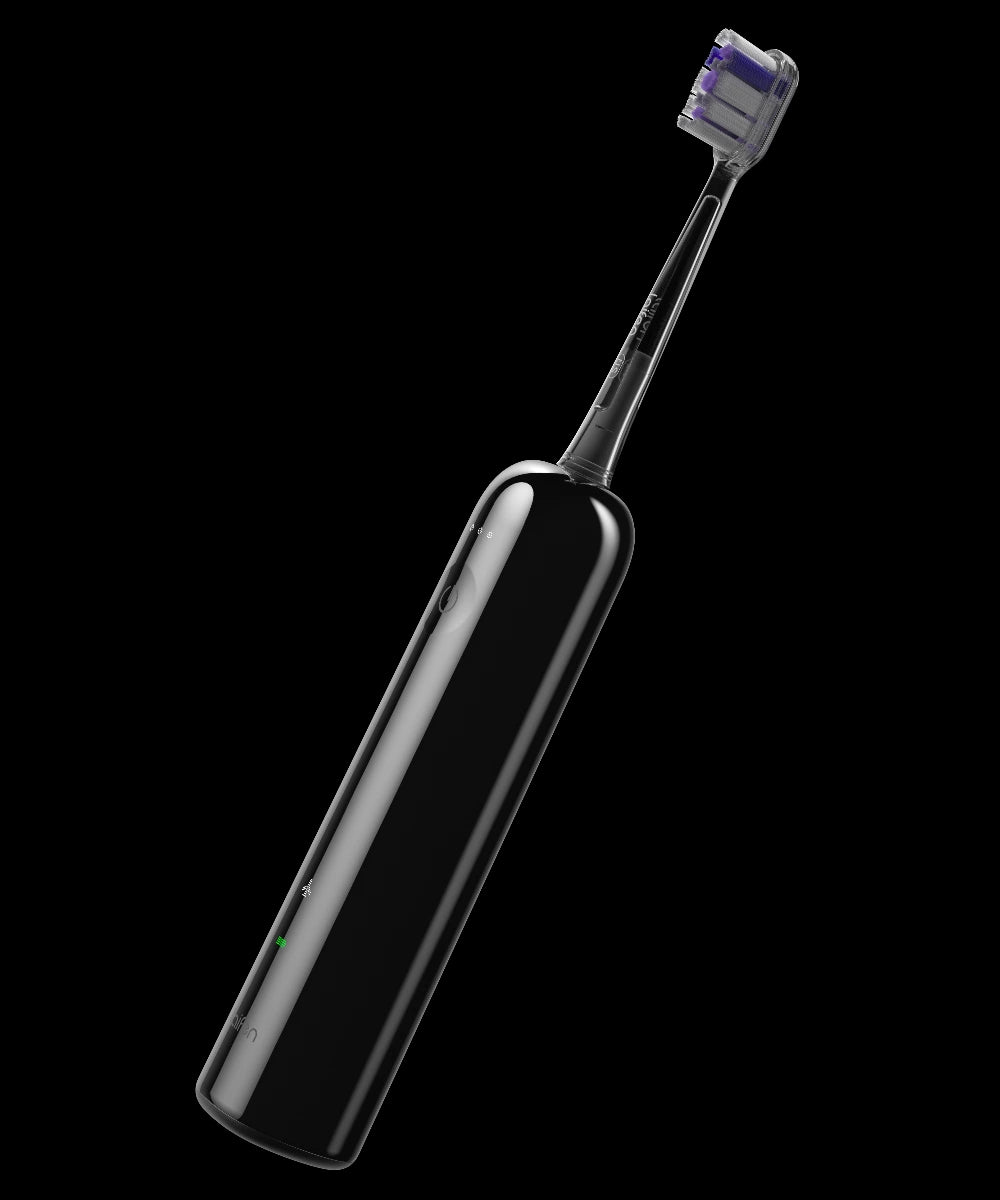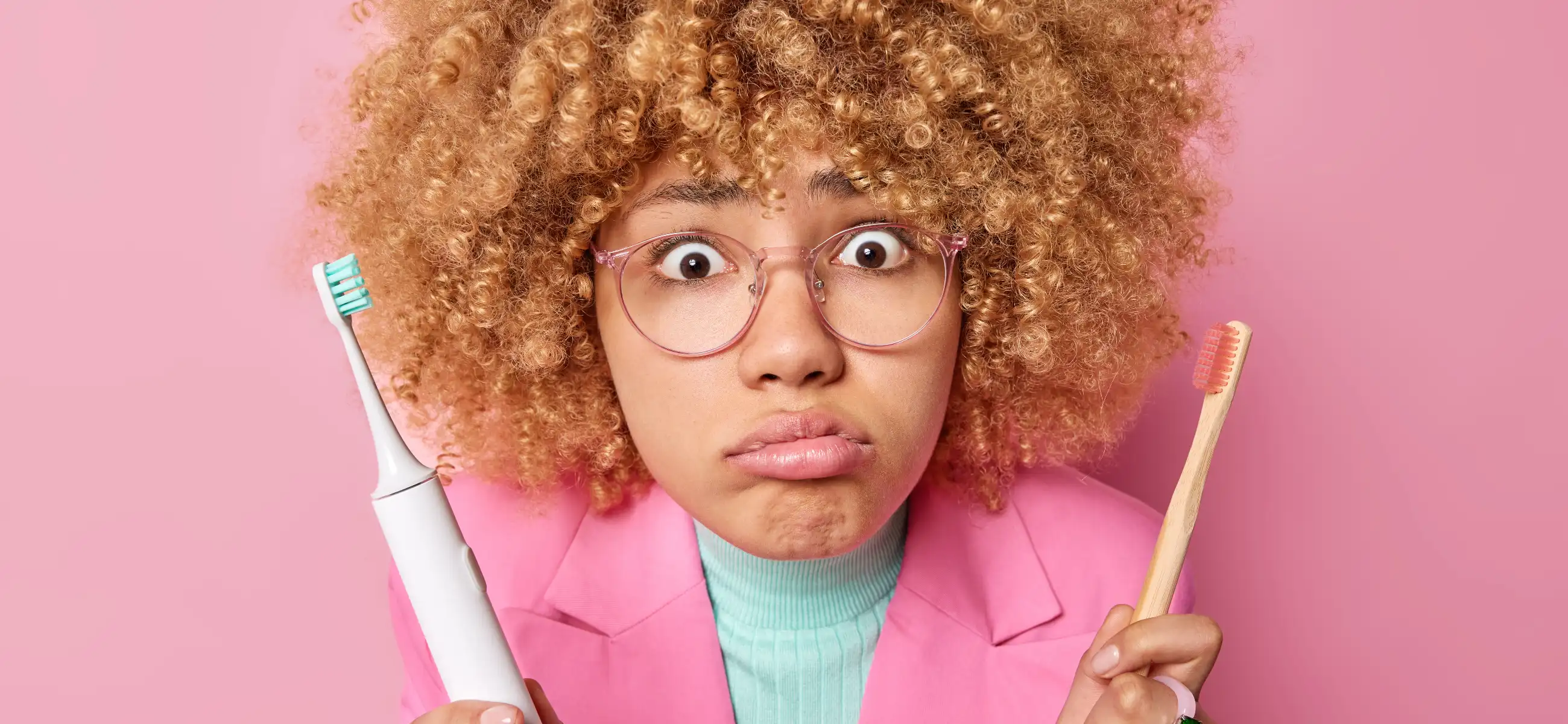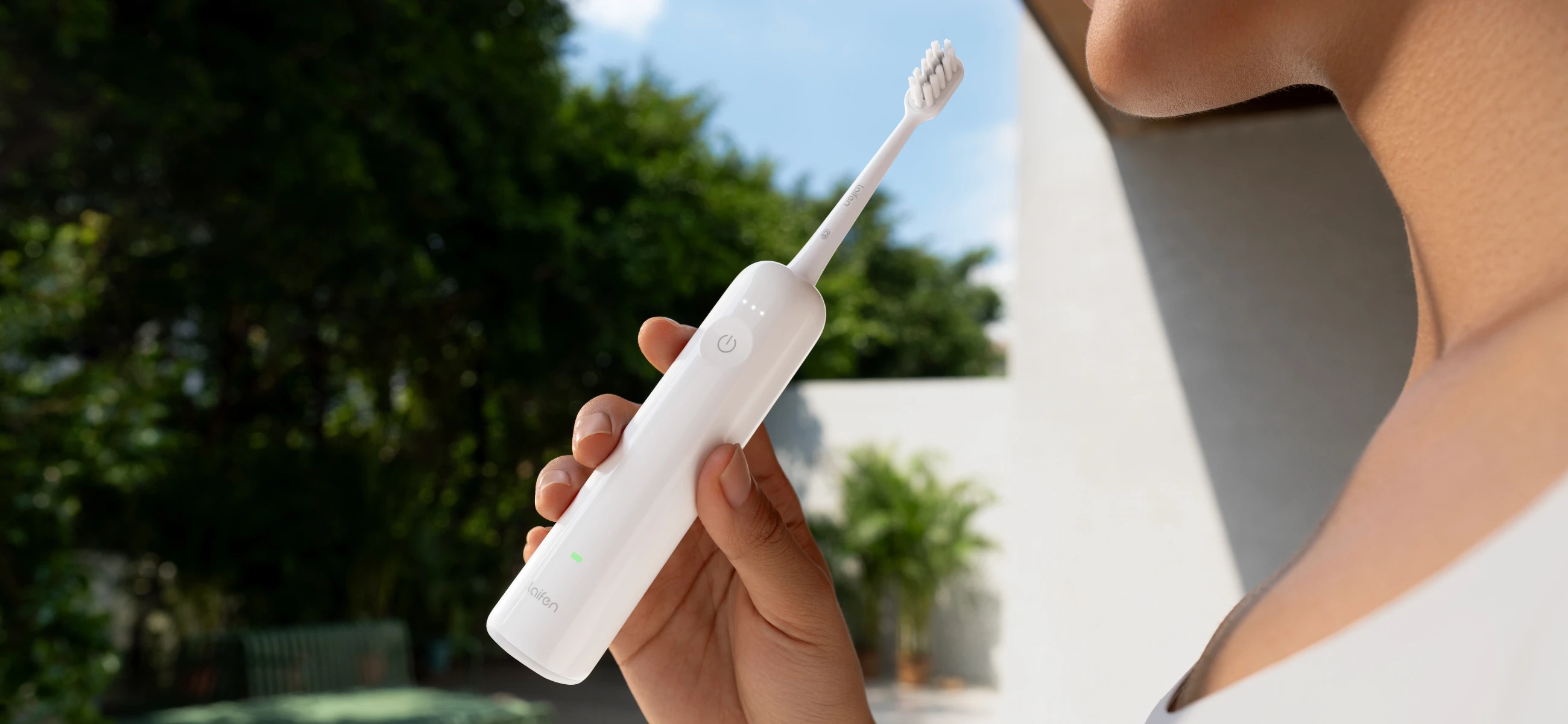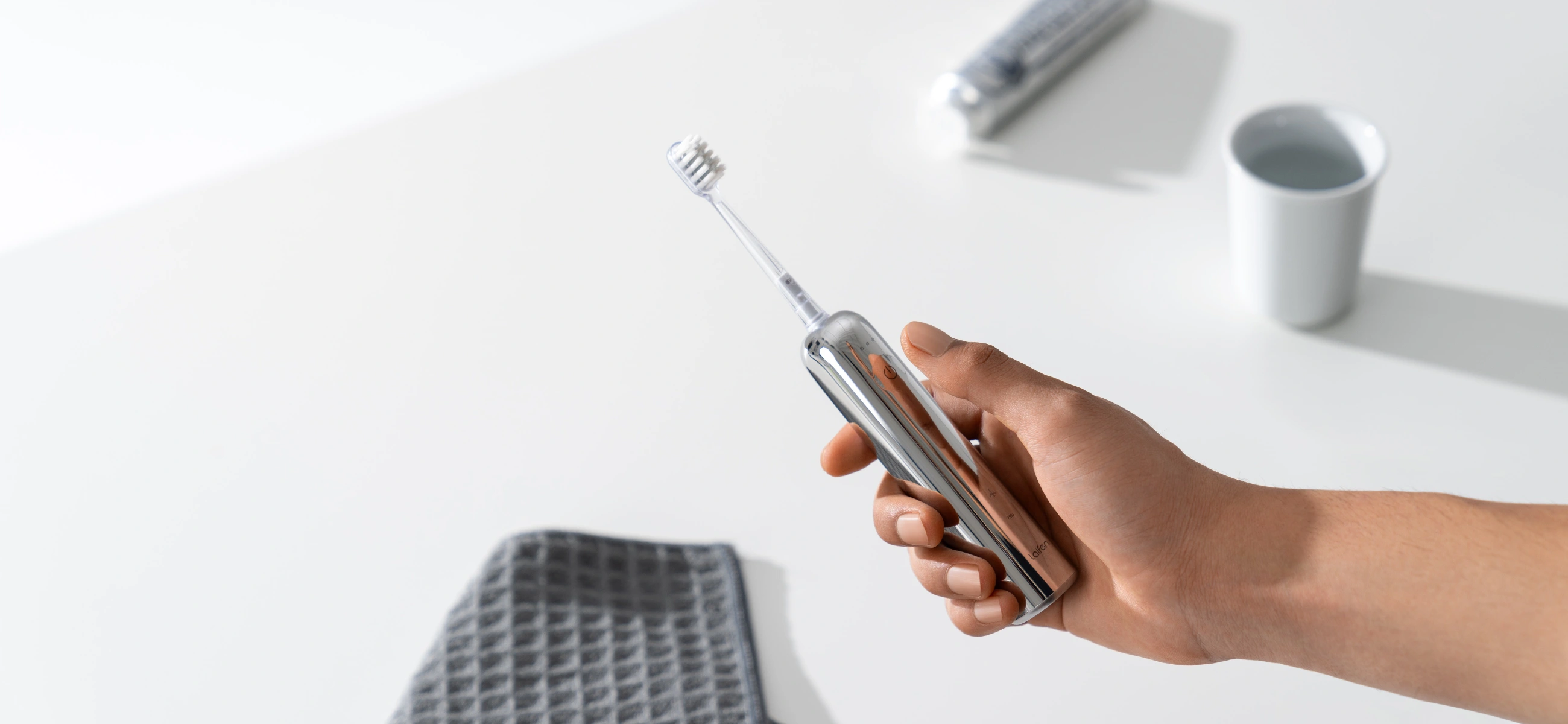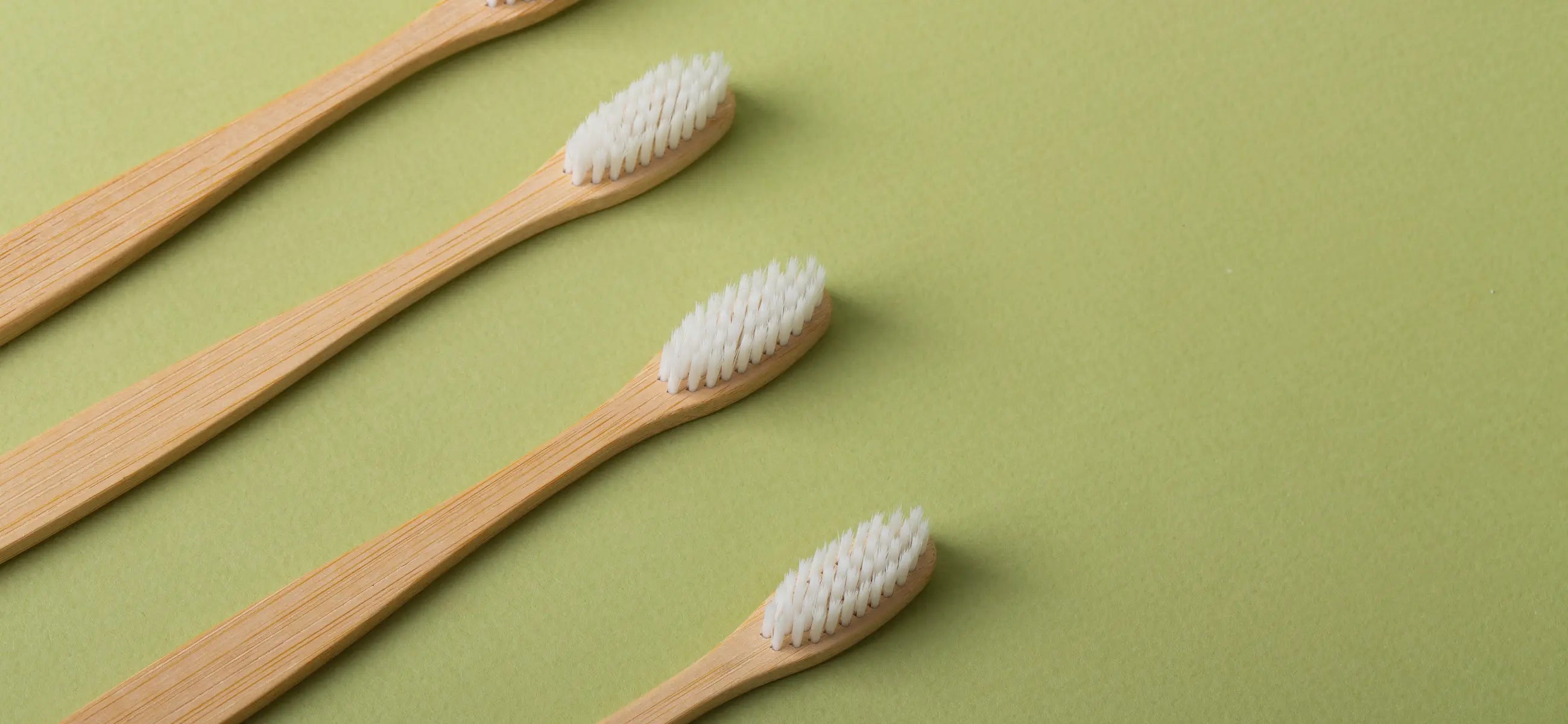
In this article
Thanks to electric toothbrushes, plaque can be removed gently but thoroughly. While the brushing speed of a manual toothbrush is rather leisurely, electric devices rev up thanks to the electric motor in the brush head. Oscillating toothbrushes can easily reach 3000 oscillations per minute. With sonic toothbrushes, the second common product category, it is even ten times as much, namely 30,000 revolutions per minute.
Of course, this power is not without effect: studies confirm that you can remove more plaque and bacteria in the same amount of time with an electric brush than with a manual toothbrush. But how to use an electric toothbrush with toothpaste right – we will show you!
How to correctly use an electric toothbrush - no circular movements
With the oscillating-rotating models, it is necessary to clean each individual tooth. Expert tip: It is best to move the round brush head along the gum line parallel to the teeth for cleaning. Don't forget the spaces between the teeth. Sonic toothbrushes, on the other hand, can clean several teeth at once thanks to their elongated head.
The dentist's recommendation: gently place the brush at a 45-degree angle to the gums, just like a manual toothbrush. Always brush from red to white, i.e., from the gums to the teeth. Do not brush in a circular motion, as was often recommended in the past. Instead, remove food residue and plaque with small, shaking movements.
How long to use electric toothbrushes?
The electric brush – how does the brushing work. The bristles have to be guided along the teeth. The brushing time does not change compared to manual toothbrushes. Two minutes is also recommended here.
Most devices have a timer to help you keep to the brushing time. A signal often sounds after 30 seconds, indicating the minimum time required to clean a quarter of the teeth. Dentists divide the dentition into four quadrants: top left, top right, bottom right and bottom left. It is best to brush systematically one quadrant at a time.
How to correctly use an electric toothbrush?
Did you know that school-age children love to brush their teeth? Do you know what the reason for this is - electric toothbrushes! These toothbrushes are easy to use and are sure to impress. Who would have known that this is how to use an electric toothbrush for pleasure? Although an electric toothbrush is a little more expensive than a manual toothbrush, it can be well worth the investment!
Most rechargeable electric toothbrushes perform between 5,000 and 30,000 brushing strokes per minute on your teeth. Therefore, they allow you to clean more thoroughly in less time. Some rechargeable electric toothbrushes are even more powerful.
When using an electric toothbrush, simply apply some toothpaste to the brush head and hold the brush at a 45-degree angle, just as you would with a manual toothbrush. The smaller heads on most rechargeable electric toothbrushes can usually only brush one tooth at a time, depending on the size of your teeth. Run the electric toothbrush along the front surface, back surface and chewing surface of each tooth.
Also, if you choose to use an electric toothbrush, it is important that you clean your teeth for at least 2 minutes. This is the only way you can be sure that all your teeth have really been cleaned. After you have cleaned your teeth, you only need to rinse the brush head with a little water and then leave it to dry.
How to brush your teeth using an electric toothbrush – the individual steps
If you are using a rechargeable electric toothbrush, no hard pushing or scrubbing is required. Simply guide the toothbrush as it performs the brushing movements. Some electric toothbrushes even have pressure sensors that warn you if you are brushing with too much pressure.
Step 1: Make sure your toothbrush is charged. Many electric toothbrushes have indicator lights to let you know when the toothbrush is charged.
Step 2: You should always start with the outer surface of the teeth. The brush head should only be used slowly and gently from tooth to tooth. Try to leave the brush head on each tooth for a few seconds.
Step 3: Repeat step 2 for the inner surfaces of the teeth.
Step 4: Also here you have to repeat step 2 for the chewing surfaces of your teeth and behind the molars.
Step 5: Now you need to move the brush head gently along the gum line and, of course, over the gums. Also avoid pressing hard or rubbing here to avoid damaging your gums.
Step 6: Try sweeping the brush head from back to front over your tongue and palate to freshen your breath.
With the right brushing technique for rechargeable electric toothbrushes and a little practice, you can brush your teeth with the confidence that you are using the clinically proven technology of an electric toothbrush to clean your teeth.
FAQ
Q1: How to use an electric toothbrush properly?
If you are using an electric toothbrush, simply apply some toothpaste to the brush head and hold the brush at a 45-degree angle, just as you would with a manual toothbrush. Now switch on the toothbrush and move the brush slowly and gently from tooth to tooth.
Q2: How much toothpaste to use on an electric toothbrush?
When cleaning with an electric toothbrush, you can use commercially available toothpaste. Apply a small amount of toothpaste to the brush head. To prevent the toothpaste from splashing around, only switch on the toothbrush when it is in contact with the teeth.
Q3: How often to use electric toothbrush?
Electric toothbrush or sonic toothbrush: If you use a rotating electric toothbrush or a sonic toothbrush, you should change the brush head every six to eight weeks.










